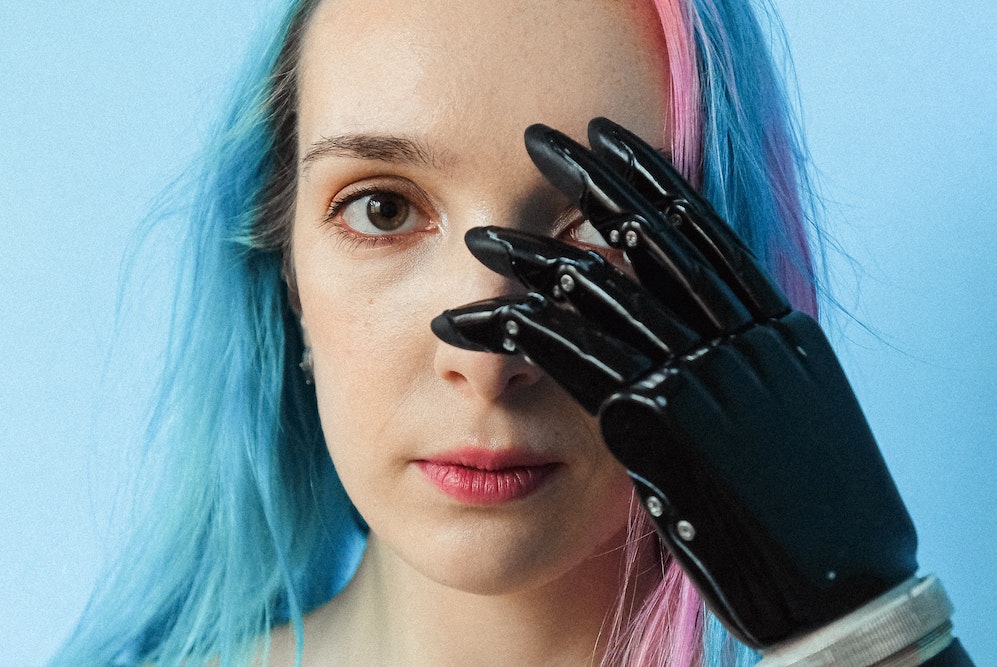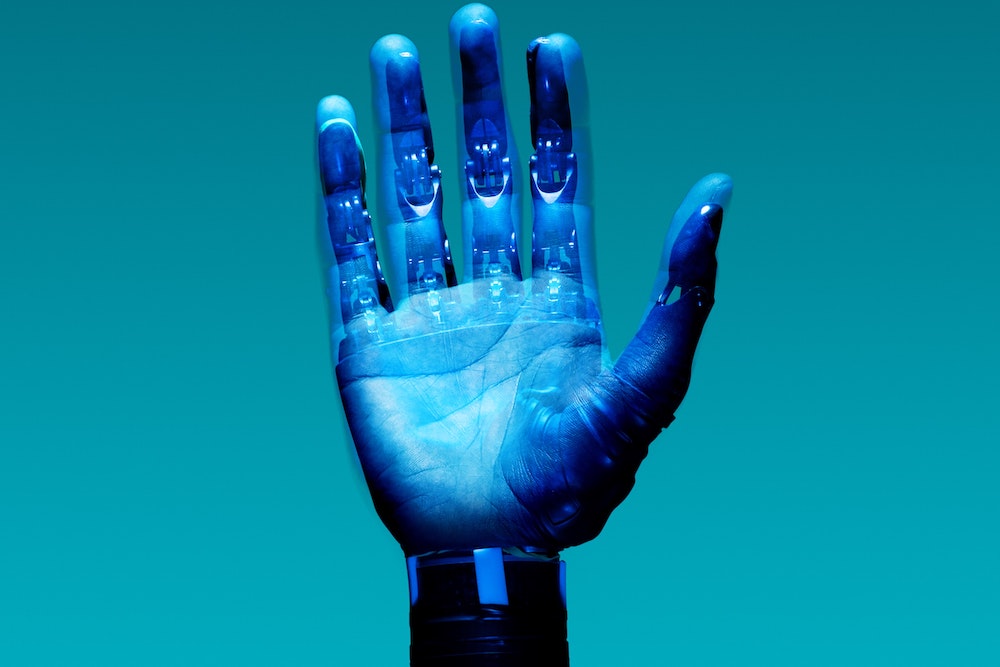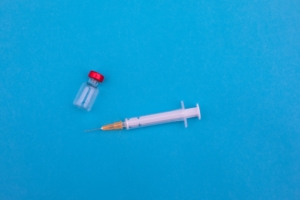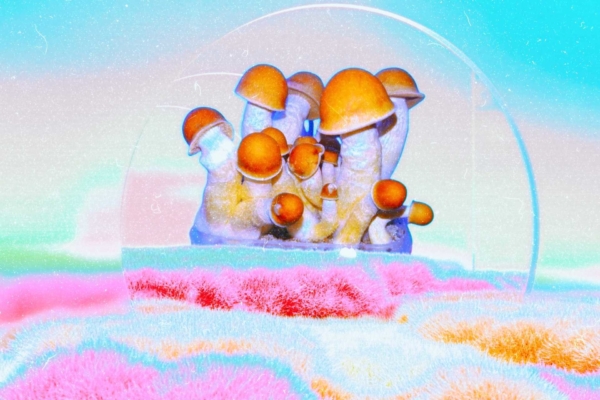
“It’s like, my brain has a story,” Albert Yu-Min Lin said in this month’s GQ magazine about his single experience with psilocybin.
Lin had been in a tragic accident while four-wheeling in the desert with a friend. His leg was crushed under the vehicle’s roll bar. Lin and his friend had to wait an hour for help to arrive, during which he got a crash course into how the mind perceives reality.
“I could look down and see this completely transformed part of my body under duress—totally mutilated—but not actually feel it,” he told GQ. “Looking down at my leg it was like I was looking through a distortion lens. All of my senses were slightly heightened. Things were brighter and sounds were different. But I didn’t feel any pain. My brain was telling me that there was no pain.”
Lin spent weeks in the hospital while doctors tried to repair his leg. When amputation became the best option, Lin was prepared. He was active. He loved to surf and hike and play with his kids. He had seen other amputees lead active and full lives. But immediately after surgery, Lin began to experience constant, debilitating pain from where his leg used to be. It was as if his brain couldn’t make sense of his leg being gone.
Phantom limb syndrome is a condition in which patients experience pain or feelings in a limb that no longer exists. It has been reported to occur in as many as 80 to 100 percent of amputates. Treatment is often futile because there are no nerve fibers sending messages in the brain. Instead, the pain “is being generated from within the central nervous system, and most of the ways that we have for dealing with pain—blocking the signals with opioids—don’t work with this because there are no pain signals. It’s not a normal pain sensation,” Adam Halberstadt, a professor at the University of California San Diego (UCSD) told GQ.

Mirror Box Therapy
The only thing that helped Lin was something called mirror box therapy. The process involves using a mirror to give the illusion that the missing limb is present. The brain perceives the limb as being intact and the pain essentially goes away. The therapy worked for Lin. But when the mirror box was taken away and his brain saw that his limb was missing, the pain immediately came back.
Suffering with constant pain and no long-term treatment, Lin was ready to give up. Then he thought of scientific research into psychedelic medicine for mental health conditions and even chronic pain.
“My partner at the time suggested we go out to the middle of nowhere, with the mirrors and a heavy dose of psilocybin,” he said. And it worked “I was free of pain. I moved my leg in and out of the sand in a way that I would see the moment when my amputation emerged, and I printed that into my mind and said, it’s OK. Over and over: it’s OK.”
Afterwards, Lin went to Dr. Tim Furnish, director of inpatient pain consult services at (UCSD) for Pain Medicine, and told him his pain was gone. “That was noteworthy from the standpoint of someone who treats chronic pain. Not much that we do in terms of drugs to treat pain drops it to zero. That’s pretty unusual. We’re generally pretty happy when people have a 50 percent reduction in their pain,” Dr. Furnish told GQ.
UCSD is currently conducting a study on 30 amputees to determine whether a single dose of psilocybin can help with phantom limb pain. Half the study participants are treated with psilocybin and the other half with a placebo. Research is currently in the early stages, but Halberstadt says researchers have seen a “significant, meaningful, and lasting reductions” for a wide range of chronic pain conditions.





